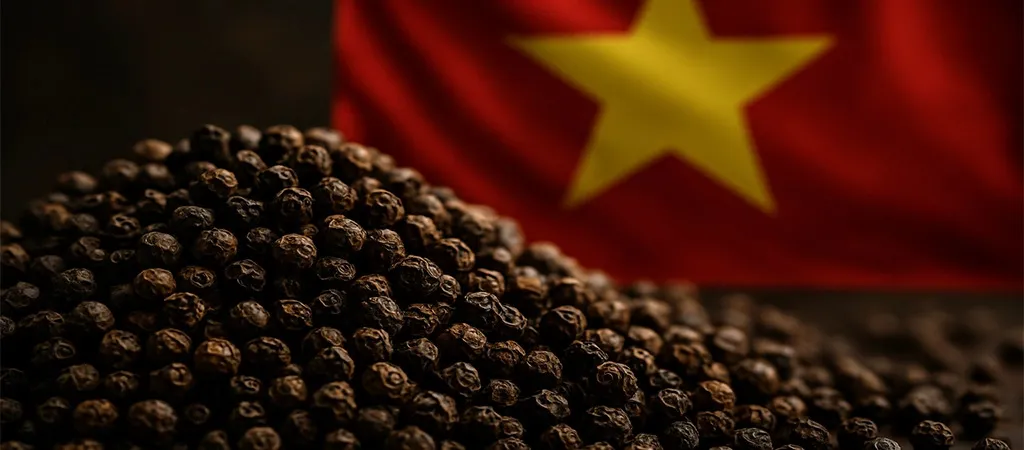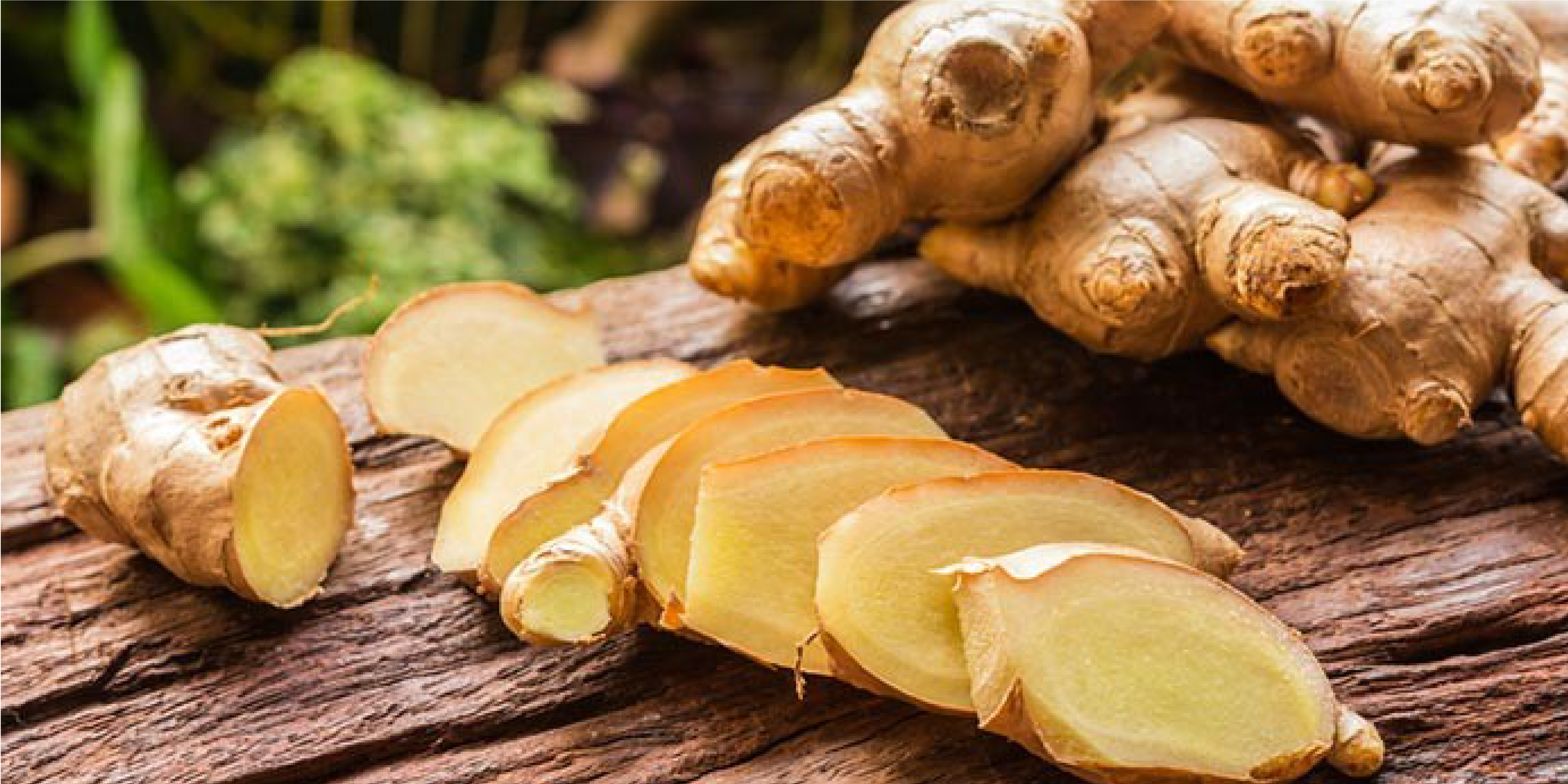
Vietnamese black pepper prices hit a 10-year high due to global supply issues, weather delays, and strong demand—impacting trade, farmers, and consumers.

The global ginger market in 2024 is navigating a complex landscape shaped by fluctuating production levels, changing consumer demand, and strategic shifts in major producing and importing countries. This analysis explores the latest updates in the ginger market, focusing on production trends, quality assessments, and insights for traders, particularly in the UAE and Asia.
1. Peru's Ginger Production and Export Surge
Peru, one of the key players in the global ginger market, has experienced a mixed year. Despite a 20.3% decrease in export volume in July 2024, the country saw a 9.4% increase in the value of its ginger exports, totaling $9.7 million for 4,688 tons. This paradoxical growth is attributed to a significant 37.3% increase in the average price per kilogram, driven by reduced production in China and India—two of the world's largest ginger exporters. This price hike underscores the global supply chain's sensitivity to production changes in these major markets.
2. Production Challenges in Peru and Nigeria
Peru’s ginger production has faced severe challenges, including a 41% reduction in cultivated area due to bacterial diseases and low prices in previous years. These issues have led to a significant crop loss, with estimates suggesting a 30% decline in the current harvest. Similarly, Nigeria, another important producer, has seen farmers in southern Kaduna State shift to other crops due to skyrocketing costs and the impact of a devastating fungal disease. This has reduced ginger output in the region, further tightening global supply.
3. Vietnam's Spice Export Growth
In contrast, Vietnam has reported a remarkable increase in ginger exports, alongside other spices like turmeric and garlic. In the first five months of 2024, Vietnam's ginger exports reached $5.6 million, an eight-fold increase year-on-year. This surge is primarily due to reduced global supply and increased demand from major markets such as the United States, China, and Japan.
1. Rising Demand and Strategic Partnerships
With reduced production in major markets, the demand for ginger, especially from high-quality producing countries like Peru, remains robust. The increase in prices offers lucrative opportunities for traders who can secure supply chains from these regions. Additionally, strategic partnerships, like those between Peruvian exporters and European markets, are crucial for maintaining market presence and meeting growing consumer demand.
2. Focus on Quality and Certification
As quality concerns become more prominent due to issues like bacterial diseases, the importance of organic certifications and compliance with international standards is more critical than ever. Peruvian exporters, for example, have emphasized the high quality of their ginger, characterized by its skin color, high gingerol content, and intense aroma. This focus on quality not only differentiates products in competitive markets like Europe but also supports premium pricing.
3. Insights for UAE and Asian Traders
For traders in the UAE and Asia, the current market dynamics present both challenges and opportunities. The UAE, as a major importer of spices, can benefit from the current supply shortages by establishing stronger ties with exporters in Peru and Vietnam. Additionally, the strategic location of the UAE as a trade hub allows for re-export opportunities to other parts of Asia, where demand for ginger continues to rise.
The ginger harvest season in Peru typically ends in January, with the new season beginning in June or July. However, due to this year's production challenges, the season started earlier with fragile ginger being shipped by air initially, followed by sea freight. The quality of this year’s harvest is mixed, with some batches affected by diseases, leading to concerns about overall product quality. Despite these issues, the demand for high-quality, organic ginger remains strong, especially in Europe and the United States.
1. Diversify Supply Sources
Given the production challenges in Peru and Nigeria, traders should consider diversifying their supply sources. Vietnam’s growing spice market, including ginger, presents a viable alternative, especially for meeting demand in Asia.
2. Leverage Market Timing
With the expected extension of the Peruvian ginger season into January 2025, traders should plan their purchases strategically to take advantage of lower prices during periods of reduced demand, such as the summer months.
3. Focus on High-Quality and Certified Products
To maintain competitiveness, particularly in premium markets, traders should prioritize sourcing high-quality, certified organic ginger. This focus will cater to the growing consumer preference for organic and sustainably produced food products.
FAQs
1. What are the current trends in the global ginger market?
The global ginger market in 2024 is characterized by reduced production in major exporting countries like China and India, leading to increased prices. Peru and Vietnam have seen growth in their export values despite production challenges.
2. How has Peru’s ginger production been affected in 2024?
Peru’s ginger production has been significantly impacted by a 41% reduction in cultivated area due to bacterial diseases and low prices in previous years. This has resulted in a 30% decrease in the current harvest.
3. Why is the price of ginger increasing in 2024?
The price of ginger has increased in 2024 due to reduced production in key markets like China and India. This supply shortage has driven up the average price per kilogram, particularly for high-quality ginger from Peru.
4. What opportunities exist for traders in the UAE and Asia in the ginger market?
Traders in the UAE and Asia can capitalize on the current supply shortages by establishing strong supply chains with exporters in Peru and Vietnam. The UAE's strategic location also offers re-export opportunities to meet rising demand in Asia.
5. How can traders ensure the quality of ginger they import?
Traders should prioritize sourcing ginger from exporters that provide high-quality, organic products with certifications. This focus on quality is essential for maintaining competitiveness in premium markets, particularly in Europe and the United States.
6. What is the outlook for the ginger market in 2024 and beyond?
The outlook for the ginger market in 2024 remains positive, with high demand expected to continue despite production challenges. Traders who strategically manage their supply chains and focus on quality will likely benefit from the ongoing market dynamics.

